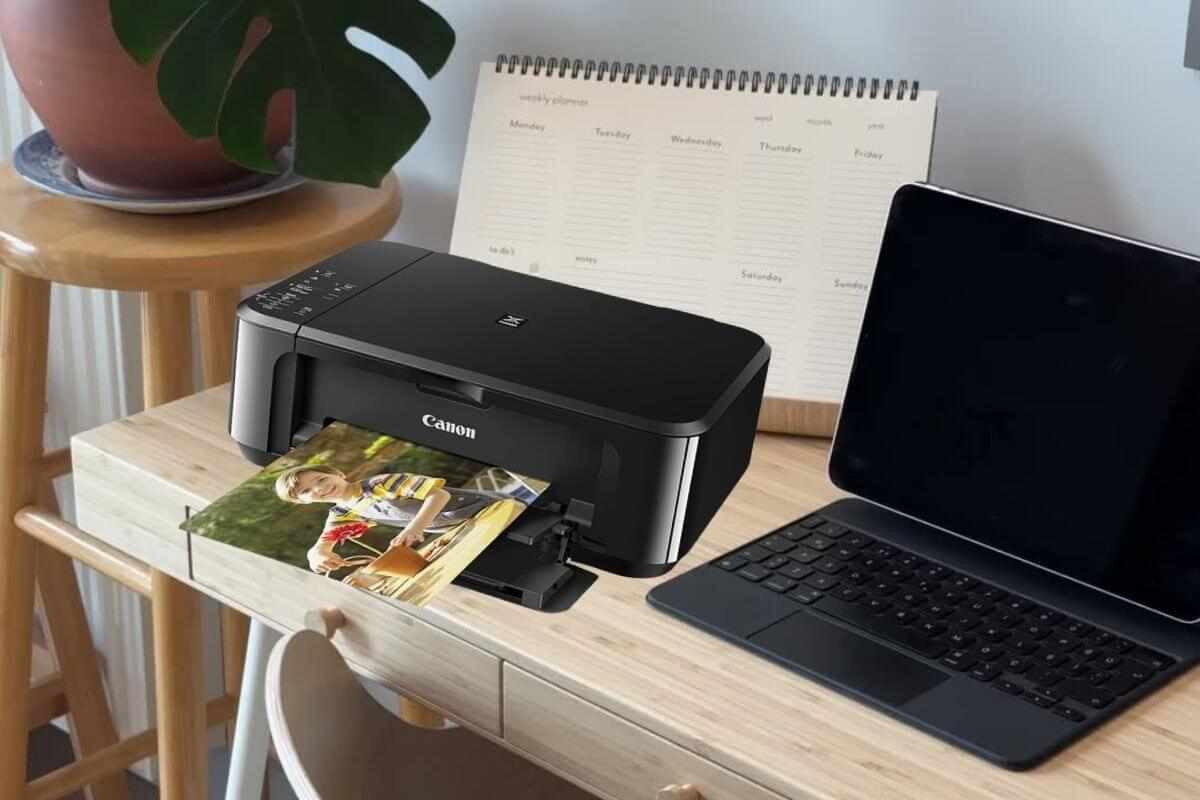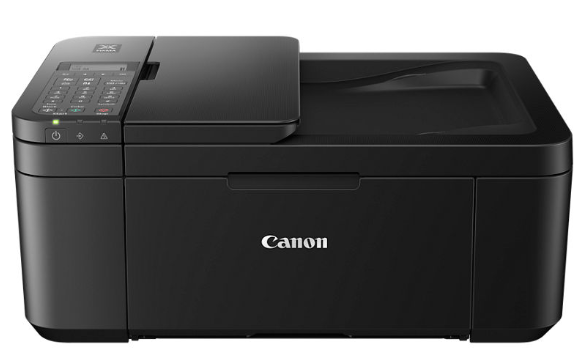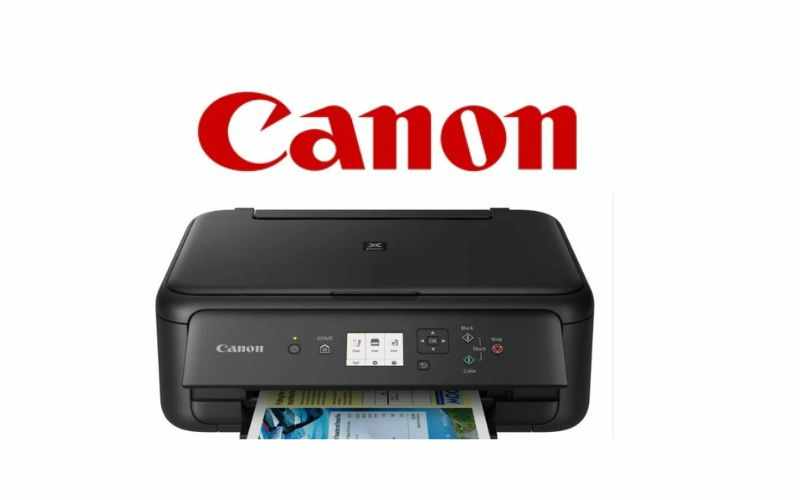
Setting up a Canon printer to your laptop wirelessly is one of the most convenient ways to print, scan, and manage your documents without dealing with messy cables. Whether you’re using a Windows or macOS laptop, Canon makes the wireless connection process simple and efficient. This detailed 2500-word guide will walk you through every step on how to connect your Canon printer to a laptop wirelessly, troubleshoot common issues, and optimize your printer for smooth performance.
👉 Need more help? [Click Here: Live Chat] [Dial +1-801-878-6858 USA]
1. Introduction
In today’s digital world, wireless printers are becoming essential for both home and office use. Canon printers, known for their reliability and high print quality, offer easy wireless connectivity options through Wi-Fi, Wi-Fi Direct, and Canon’s official setup tools.
By connecting your Canon printer wirelessly to your laptop, you can:
Print from anywhere within your Wi-Fi range.
Share the printer with multiple devices.
Avoid clutter caused by USB cables.
Enjoy seamless integration with Canon apps and cloud services.
No matter the model—PIXMA, MAXIFY, SELPHY, or imageCLASS—Canon printers follow similar wireless setup procedures, which we’ll explain in detail below.
2. What You Need Before Setup
Before starting the wireless connection process, make sure you have the following ready:
A Canon printer that supports Wi-Fi.
A laptop (Windows or macOS).
A stable Wi-Fi network (with SSID and password).
An active internet connection to download Canon drivers.
The printer’s setup CD (optional; can also download software online).
The printer must be powered on and within range of your Wi-Fi router.
3. Understanding Canon Wireless Printing Technology
Canon offers several wireless printing options, depending on your model:
Wi-Fi Connection:
Connects your printer and laptop to the same Wi-Fi network for seamless printing.Wi-Fi Direct:
Enables a direct connection between your laptop and printer without needing a router.WPS (Wi-Fi Protected Setup):
Lets you connect your printer to the router by pressing the WPS button on both devices.Canon PRINT Inkjet/SELPHY App:
Allows you to connect and print directly from your smartphone or tablet.
In this article, we’ll focus mainly on the Wi-Fi setup method, which is the most common and reliable option.
4. Step-by-Step Guide: How to Connect Canon Printer to Laptop Wirelessly
Step 1: Power On Your Canon Printer
Plug in your printer and press the Power button.
Ensure the printer is in a ready state—indicator lights should be steady and not blinking rapidly.
Step 2: Enable Wi-Fi Mode on the Printer
The method to enable Wi-Fi depends on your Canon model.
For PIXMA or MAXIFY printers:
Press the Wi-Fi button until the blue light flashes.
On the screen (if available), select Wireless LAN Setup.
Choose your Wi-Fi network (SSID) and enter the password.
Wait for the Wi-Fi light to turn solid, indicating a successful connection.
For printers with touch screens:
Go to Menu → Network Settings → Wireless LAN Setup.
Select Standard Setup and follow the prompts.
Step 3: Download the Canon Setup Software
Go to Canon’s official website to get the latest drivers and setup utilities.
Open your web browser and visit https://ij.start.canon.
Type your printer model (e.g., PIXMA G3020, TS3522, MG3620) in the search box.
Select your operating system (Windows or macOS).
Click Download under the Full Driver & Software Package section.
Save the installer to your computer.
Step 4: Install the Canon Software
Locate the downloaded file (usually in the Downloads folder).
Double-click the setup file (
.exefor Windows,.dmgfor Mac).When the installation wizard appears, click Start Setup.
Choose your region, accept the license agreement, and continue.
When prompted, select Wireless Connection (Wi-Fi).
The installer will automatically search for available networks and your printer.
Step 5: Connect Your Printer to Wi-Fi
During installation:
The software will display your Wi-Fi networks.
Select your Wi-Fi name and enter the password.
Once connected, the installer will register your printer on the network.
Tip: Ensure your laptop and printer are connected to the same Wi-Fi network.
Step 6: Add the Printer to Your Laptop
After successful connection:
On Windows:
Go to Control Panel → Devices and Printers → Add a Printer.
Select your Canon printer from the list and click Next.
The printer will be added automatically.
On macOS:
Go to System Preferences → Printers & Scanners → +.
Choose your Canon printer from the list.
Click Add to finish.
Step 7: Print a Test Page
To confirm everything works:
Open a document or photo on your laptop.
Select File → Print, choose your Canon printer, and click Print.
If the print is successful, your setup is complete.
5. Alternate Method: Connecting Canon Printer via WPS Button
If your router supports WPS (Wi-Fi Protected Setup), connecting wirelessly becomes even easier.
Step 1: Prepare Your Printer
Press and hold the Wi-Fi button on your printer until the Wi-Fi light starts flashing.
Step 2: Press WPS on the Router
Within two minutes, press the WPS button on your Wi-Fi router.
Step 3: Wait for Connection
The Wi-Fi indicator will stop flashing and remain solid once connected.
Step 4: Install Drivers
Download and install Canon drivers from ij.start.canon if not done already.
Step 5: Add Printer to Laptop
Follow the same steps as mentioned earlier to add your printer to your system.
6. How to Connect Canon Printer to Laptop Using Wi-Fi Direct
Wi-Fi Direct allows your laptop to connect directly to your Canon printer without needing an internet connection.
Step 1: Activate Wi-Fi Direct on the Printer
Press and hold the Wi-Fi button until the light blinks.
Wait until the printer displays “Direct” on the screen.
Step 2: Connect Your Laptop
On your laptop, open Wi-Fi settings.
Look for the printer’s name (e.g., “DIRECT-Canon-XXXX”).
Click Connect and enter the password (usually printed on a label inside the printer or in the user manual).
Step 3: Install the Driver
Once connected, install the driver using Canon’s setup software.
This method is especially useful when you don’t have access to a router.
7. Troubleshooting Canon Wireless Connection Issues
Even with a straightforward setup process, you may encounter issues. Below are common problems and their solutions.
Problem 1: Printer Not Found During Setup
Fixes:
Ensure the printer is powered on and Wi-Fi is enabled.
Confirm both laptop and printer are on the same network.
Restart your router and retry setup.
Disable any firewall or antivirus temporarily.
Problem 2: Printer Offline
Fixes:
Open Devices and Printers on your laptop.
Right-click your Canon printer and select Use Printer Online.
Restart both printer and computer.
Problem 3: Wi-Fi Light Keeps Blinking
Fixes:
Enter the correct Wi-Fi password again.
Move the printer closer to the router.
Reset the network settings and reconfigure Wi-Fi.
Problem 4: Slow Printing Over Wi-Fi
Fixes:
Reduce print resolution for faster output.
Keep the printer close to the router.
Limit the number of connected devices on the same Wi-Fi.
Problem 5: Can’t Connect After Changing Wi-Fi Router
Fixes:
Reset your printer’s network settings.
Reconnect it to the new Wi-Fi using the setup process.
8. Resetting Network Settings on a Canon Printer
If your printer won’t connect, you might need to reset its network settings.
Steps to Reset:
Go to your printer’s Menu or Setup screen.
Select Device Settings → Reset Settings → Reset Network Settings.
Confirm when prompted.
Reconnect to Wi-Fi using the setup steps.
After resetting, your printer forgets all previous Wi-Fi connections and is ready for fresh configuration.
9. Setting Up Canon Printer on Different Operating Systems
For Windows:
Open Settings → Devices → Printers & Scanners.
Click Add a Printer or Scanner.
Choose your Canon printer and click Add Device.
For macOS:
Go to System Preferences → Printers & Scanners.
Click the + button.
Select your Canon printer and click Add.
macOS automatically detects Canon printers connected via Wi-Fi or AirPrint.
10. Using Canon PRINT Inkjet/SELPHY App for Wireless Setup
You can also connect your Canon printer wirelessly using the Canon PRINT Inkjet/SELPHY app, available on Android and iOS.
Step 1: Install the App
Download the app from Google Play Store or Apple App Store.
Step 2: Open and Configure
Launch the app and tap Add Printer.
Choose Connect via Wireless Router or Direct Connection.
Follow on-screen prompts to complete the process.
Step 3: Connect and Print
Once connected, you can print documents or photos directly from your phone or tablet.
11. How to Reconnect Canon Printer After Wi-Fi Change
When you change your Wi-Fi router or network name, you must reconnect your Canon printer.
Steps:
Reset the printer’s network settings (as explained earlier).
Reconnect using Wireless LAN Setup on the printer.
Run the Canon setup software on your laptop.
Add the printer again through your system settings.
12. Maintaining a Stable Wireless Connection
To ensure consistent wireless performance:
Place your printer near your router with minimal interference.
Avoid metal objects or microwaves near the printer.
Keep your router firmware updated.
Occasionally restart your printer and router.
13. Updating Canon Printer Drivers and Firmware
Updated drivers and firmware improve compatibility and performance.
How to Update Drivers:
Visit https://ij.start.canon.
Enter your printer model.
Download the latest Driver & Software Package.
Install and restart your laptop.
How to Update Firmware:
Access your printer’s Setup Menu → Device Settings → Firmware Update.
Follow the prompts to update automatically.
14. Printing Wirelessly Using Cloud Services
Canon printers support various cloud printing platforms for remote access.
Google Cloud Print (for older models)
Log in to your Google account.
Add your printer in Chrome under Settings → Advanced → Printing → Google Cloud Print.
You can now print directly from Google apps.
PIXMA Cloud Link
Access PIXMA Cloud Link from the printer’s touchscreen or Canon PRINT app.
Connect to cloud services like Google Drive, Dropbox, or OneDrive.
Print files without needing your laptop nearby.
15. How to Share Your Canon Printer Over a Network
You can share your wireless Canon printer with multiple laptops on the same Wi-Fi.
Steps:
Ensure the printer is connected to the network.
On other laptops, open Add Printer and search for your Canon printer.
Select it and click Add.
All users can now print wirelessly using the shared printer.
16. Using Canon IJ Network Tool
The Canon IJ Network Tool is a utility that helps configure and troubleshoot network connections for Canon printers.
Features:
View and modify printer network settings.
Register new printers.
Diagnose connection problems.
You can find this tool in the Canon Utilities folder after driver installation.
17. Frequently Asked Questions (FAQs)
Q1: Can I connect my Canon printer to my laptop without Wi-Fi?
Yes. Use a USB cable to connect directly, or use Wi-Fi Direct mode if your model supports it.
Q2: What should I do if my laptop doesn’t detect my Canon printer?
Ensure the printer is powered on, connected to the same Wi-Fi, and properly installed via Canon’s setup software.
Q3: Do I need to reinstall drivers after changing routers?
No, but you’ll need to reconnect the printer to the new Wi-Fi network.
Q4: Can I print from my laptop and phone simultaneously?
Yes. As long as both devices are connected to the same network, you can print from multiple sources.
Q5: Is the Canon setup software free?
Yes, all Canon drivers and setup utilities are free to download from the official site.
Q6: How far can my printer be from the router?
Ideally, within 10–15 meters for optimal connectivity.
Q7: Can I connect my Canon printer to a public Wi-Fi network?
Not recommended, as public networks may have restrictions or security risks.
Q8: What does it mean when the Wi-Fi light is blinking rapidly?
It indicates the printer is trying to connect to the network. Wait until it turns steady.
Q9: Can I use my Canon printer with multiple laptops?
Yes. Any laptop on the same Wi-Fi network can connect to and use the printer.
Q10: How do I find my printer’s IP address?
Print a Network Configuration Page from your printer’s settings menu to see the IP address.
18. Expert Tips for Seamless Wireless Printing
Keep printer firmware up-to-date to avoid connection drops.
Avoid changing Wi-Fi network names frequently.
Use the Canon PRINT app for quick wireless printing and scanning.
Restart the printer once a week to refresh its network configuration.
Always download software from the official Canon website to avoid malware.
19. Advantages of Wireless Printing with Canon
No Cables: Reduces clutter and makes placement flexible.
Multi-Device Access: Connects multiple laptops and phones at once.
Remote Printing: Enables printing from anywhere within your Wi-Fi range.
Mobile Compatibility: Works with Android, iOS, and Chromebook.
Energy Efficient: Canon printers enter low-power mode automatically when idle.
Wireless setup is not just about convenience—it enhances workflow and accessibility.
20. Conclusion
Connecting your Canon printer to your laptop wirelessly is a straightforward process when you follow the right steps. Whether you’re using Wi-Fi, WPS, or Wi-Fi Direct, Canon provides flexible options for every user. By visiting https://ij.start.canon, downloading the official setup utility, and following the installation prompts, you can enjoy seamless wireless printing in minutes.
Remember:
Always ensure both devices are on the same network.
Keep your printer firmware updated.
Use Canon’s utilities like IJ Scan Utility and PRINT Inkjet/SELPHY app for enhanced performance.
With your Canon printer connected wirelessly, you’ll experience the true convenience of modern printing—fast, efficient, and completely cable-free. Whether it’s a photo, document, or report, you can print instantly from your laptop anytime, anywhere.



















Write a comment ...